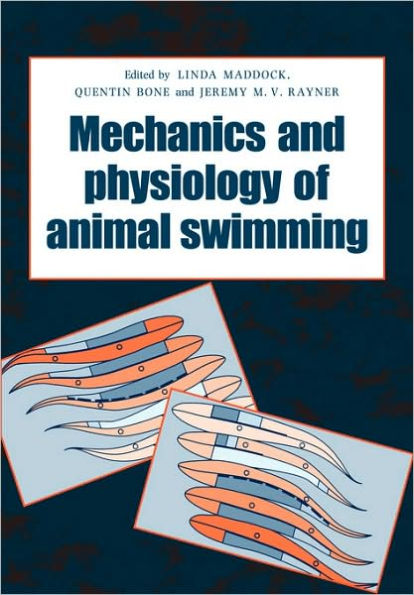The Mechanics and Physiology of Animal Swimming
Aquatic organisms swim in a variety of ways, from jet propulsion to ciliary action. One of the most fascinating aspects of aquatic locomotion is the remarkable sets of adaptations that have evolved for different purposes. This volume brings together current research on a wide range of swimming organisms, with an emphasis on the biomechanics, physiology, and hydrodynamics of swimming in or on water. Several chapters deal with different aspects of fish swimming, from the use of different "gaits" to the operation of the locomotor muscles.
1009252757
The Mechanics and Physiology of Animal Swimming
Aquatic organisms swim in a variety of ways, from jet propulsion to ciliary action. One of the most fascinating aspects of aquatic locomotion is the remarkable sets of adaptations that have evolved for different purposes. This volume brings together current research on a wide range of swimming organisms, with an emphasis on the biomechanics, physiology, and hydrodynamics of swimming in or on water. Several chapters deal with different aspects of fish swimming, from the use of different "gaits" to the operation of the locomotor muscles.
50.0
In Stock
5
1

The Mechanics and Physiology of Animal Swimming
264
The Mechanics and Physiology of Animal Swimming
264Paperback(Reissue)
$50.00
50.0
In Stock

Product Details
| ISBN-13: | 9780521064958 |
|---|---|
| Publisher: | Cambridge University Press |
| Publication date: | 06/12/2008 |
| Edition description: | Reissue |
| Pages: | 264 |
| Product dimensions: | 6.60(w) x 9.50(h) x 0.60(d) |
From the B&N Reads Blog
